Critical Pedagogy in Action
By Michael Rabbidge
Critical pedagogy as a teaching philosophy encourages educators to inspire students to critique structures of power and oppression. Rooted in critical theory, it implies a need to grow awareness of the societal status quo. In critical pedagogy, teachers urge students to question and challenge traditional inequalities that are found to exist in different areas of society, including, but not limited to, families, schools, and cultures both small and large.
What is critical pedagogy? Here are a few definitions to help us answer that question:
“An empowering way of thinking and acting, fostering decisive agency that does not take a position of neutrality in its contextual examination of the various forces that impact the human condition” (Kirylo, 2012, p. xxi)
Another definition from applied linguistics states that critical pedagogies in ELT focus on “local situations, problems, and issues, and see responsiveness to the particularities … [and] resist totalizing discourses about critical teaching, subjects, and strategies for progressive action” (Norton & Toohey, 2004, p. 2).
So why should we be interested in critical pedagogy? Well, as the two definitions suggest, the goals of CP seek to create a transformation of ELT by fostering agency, responsiveness, and resistance to those who may be subject to forms of social injustice and discrimination. The key is being able to create situations in the classroom where these skills can be linked to the learning of a new language.
One way to achieve this is to encourage critical dialogue and critical thinking. Critical dialogue occurs when a person’s statement or question encourages another to consider the basis for their thinking (Crookes, 2013), and is key in any democratic situation.
Critical thinking asks students to question, evaluate, analyze, interpret, and make judgements about things they read, hear, say, or write.
Critical thinking can be promoted in the classroom in a number of ways. MURDER, and acronym for a dyadic learning technique, tasks groups of students to read text, identify its main ideas, explain those ideas discuss how they feel about those ideas, and then applying or adding to the ideas from the text (Kobbe et al, 2007).
Another activity, Academic Controversy, tasks groups of learners to debate a particular motion, but instead of just one debate, at the end of each debate learners change sides and argue the opposite position. At the final stage of this activity students are then free to argue their own personal opinions as part of reaching a consensus on the original motion (Johnson & Johnson, 2012).
These examples show the variety of ways that critical dialogue and thinking skills can easily be adapted to a given topic. Importantly though, is allowing students to discover topics that they can speak passionately on. Another issue is to be wary of textbooks imposing their views on students, as this can end up disengaging students from important topics that would be useful to promote critical dialogue and thinking skills.
Listed below are references to the ideas mentioned in this blog, if you should wish to further explore some of these ideas.
Crookes, G. V. (2013). Critical ELT in Action: Foundations, Promises, Praxis. New York: Routledge
Johnson, D. W. and Johnson, R. T. (2012). ‘Restorative justice in the classroom: Necessary roles of cooperative context, constructive conflict, and civic values’, Negotiation and Conflict Management Research, 5(1): 4–28.
Kirylo, J. D. (Ed.). (2013). A critical pedagogy of resistance: 34 Pedagogues we need to know. Rotterdam, Netherlands: Sense Publishers.
Kobbe, L., Weinberger, A., Dillenbourg, P., Harrer, A., Hämäläinen, R., Häkkinen, P. and Fischer, F. (2007). ‘Specifying computer-supported collaboration scripts’, International Journal of Computer- Supported Collaborative Learning, 2(2–3): 211–224.
Norton, B., & Toohey, K. (Eds.). (2004). Critical pedagogies and language learning. Cambridge: Cambridge University Press
